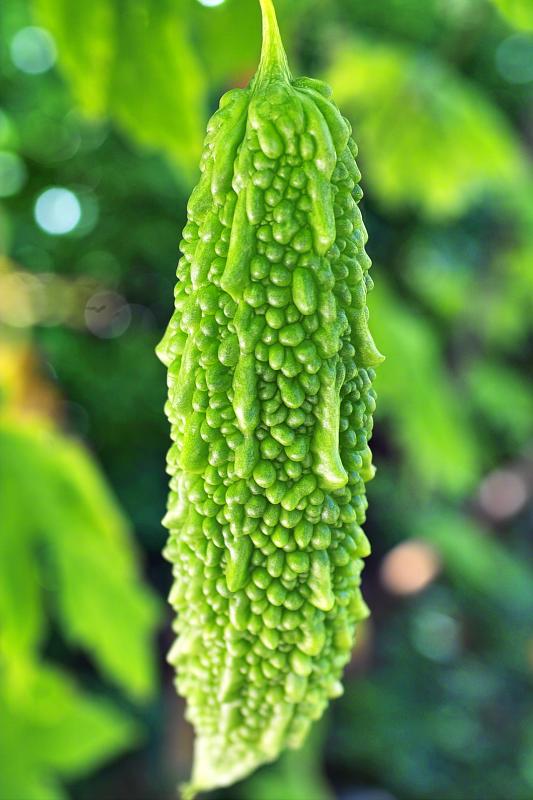I know.
I knowwwwwww.
Too much food stuff right?
Pardon me while I break down the necessary link between food and culture.
Argument goes as follows (thanks Mr Basl for this argument flow chart format!)
1. People cook based on their tastes, their likes and dislikes.
2. People can be classified into cultures.
3. Cultures determine the way people behave.
THEREFORE
4. Culture can determine a given diet.
Duh kids. Duh.
SO
In a culture related way, I'd like to talk about my Friday.
I am blessed enough to be taking a class from a VERY cool medicine teacher (don't ask how this situation came to be, what a story that is!). He's so cool that last week he decided to cancel class and INSTEAD, take the students to an Okinawan restaurant. In Hokkaido.
For those who don't know, Okinawa is one of the prefectures of Japan, consisting of hundreds if not thousands of tiny islands south of the main four. I'm not here to give a history lesson, but basically, this cluster of islands is fairly detached from the centralized country that focuses on Tokyo/Osaka culture. 標準語, or standard Japanese, is really just Toyko Japanese, which due to centralization within the culture, gradually became "normal'.
But to avoid a tangent here, because this area is somewhat detached from the "center", the culture, and in turn the food, can be quite distinct.
Yes, they do have their own dialect. I won't go into that either.
This is a point that needs to be addressed; Japan is not just a single likeminded country. People act, speak, look, and think VERY differently from place to place. If you took an Okinawan and an Osakan and made them speak in their respective dialects, the two wouldn't understand each other. It'd be like Spanish and Italian.
The problem is that we, as people on the outside, just SEE the culture as being Tokyo-ian or Osakan, because of this center ideology within the country. This is "Japanese", Tokyo is the hub, everything shoots out from there. But if you are to understand a country's culture, focusing on a city will give you a very narrow outlook on it.
I mean c'mon, do people from New Orleans act like people from New York? I'm not saying anything new here!
So with that in mind, let's focus on Okinawa, a prefecture SO far from the rest of the country, in many ways it's like it's own country. But it's Japan! It's JAPAN!
For 2500 yen, you get a multiple course meal and all you can drink. I dig it. Thanks teach for the hook up!
And the food is CRAZY different. Maybe this is partially the genius of the owner/chef, or maybe it's just the way Okinawans do cuisine, but let's see. Here's some of the highlights:
Squid ink, for my Japanese word nerds, is quite literally in Japanese ALSO "Squid Ink" or イカ墨.
Anyways.
Then they brought out a special Okiawan style Shochu, which is a clear distilled alcoholic drink similar, but much stronger than, Sake, usually served over ice. It has a similar smell to some whiskey, but contains far less alcohol. Here's what they served it as:

This one was especially smooth. But the nose was a little off putting... kind of musky. Still fairly enjoyable. It paired extremely well with one dish in particular, which was a small block of Tofu covered in a red miso sauce.

Perhaps the reason this tofu worked so well with the sake was because it had been soaked in the alcohol itself. But the texture of it was really marvelous, It has this kind of butter, smooth, rich mouth-feel, the kind you associate with foie gras or something. Explains why it came in at less than 1 cubic inch to be shared by 3 people. Riiiiich. And pretty dang impressive. I've obviously never had tofu like that.
But surely, to everyone, the highlight of the night was the following dish, which actually came pretty early:

The title of this dish in romaji is "Gooya Champloo". Nerds recognize the name Champloo imediately from the popular anime Samurai Champloo. Champloo in Japanese is ACTUALLY チャンプルー, pronounced "Chanpuruu", and it refers to a stir fry dish, a "mash up" of sorts. The name of the anime actually is derived from this "stir fry/mashup" idea, as the story combines multiple genres and ideas, even stories themselves.
AND, Gooya, oh gooya, means "Bitter melon". Those green things you see? Bitter melon.
I googled bitter melon to show yall, they look like this:
VERY different taste on this one folks. It's hard to describe bitter melon, something like a root vegetable but with less aroma, a slight bitter kick, better texture. But it's as Okinawan as it gets. Stir fried with some tofu and a little ham (which was shocking for sure, you don't see ham much in Japan), And it was TASTYYYYY.
And that's Okinawan food.
So what have we learned here?
Well what HAVEN'T we learned here? Food is indeed a mirror to a culture, and despite the idea that a country can have it's own style, regions make variations on the diet extremely distinct.
I mean, what IS Japanese food?


No comments:
Post a Comment